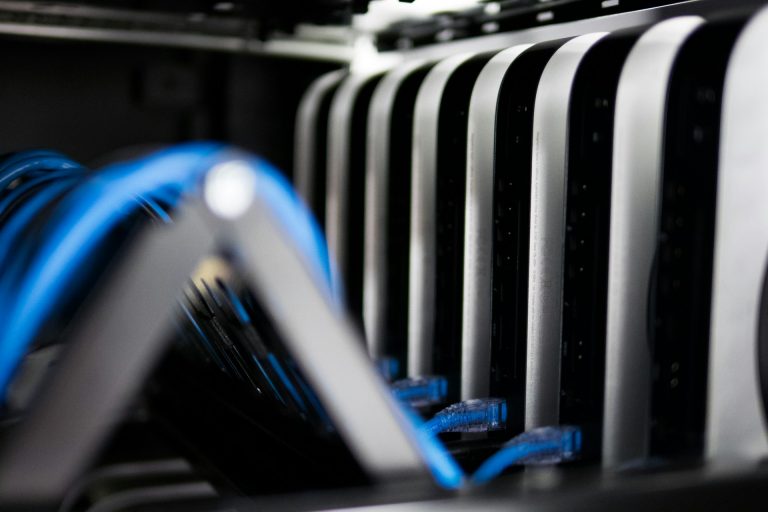Internal control is a process done by many organizations to provide reasonable assurance of the achievement of their goals.
Those usually fall under the following categories: effectiveness and efficiency of operations, reliability of financial reporting, and compliance with laws and regulations.
Internal control also refers to all processes and systems created to protect assets.
Organizations must have internal controls to help them prepare for, detect, and act on attempts to sabotage their operations. Currently, they can implement a wide variety of guidelines for setting up their own protocols, such as COSO Framework principles. If you’re part of a business or organization, you and your teams should take time to study such guidelines and see how they can fit your needs.
It’s also critical to define the scope of internal control by mapping locations, activities, and the categories of risk that need management for better outcomes.
The components of effective internal control can be categorized into five main areas: control environment, risk assessment, control activities, information and communication, and monitoring. Here’s what you need to know about them.
Control Environment
The control environment is the foundation of an effective internal control system. It sets the tone for the entire organization and establishes the attitude, level of awareness, and actions necessary for protecting your organization’s assets and interests. It involves integrity, ethical values, competence, and the management’s philosophy and operating style.
A well-managed, fully accounted control environment enables the company’s mandate to be understood by all its members. This keeps everyone on the same page regarding what they have to do to keep the organization secure.
Risk Assessment
Risk assessment involves identifying problems that may impact the achievement of an organization’s objectives. When you can anticipate them, you can easily determine the necessary actions to address them.
This process allows businesses to prepare for potential threats before or during a project, keeping them on top of their goals. It also makes them aware of the deliverable timelines and the resources needed to reach said goals.
An effective risk assessment process requires a board of directors and senior management with a background in internal controls or audits. Together, they develop plans and take appropriate actions to address current and future problems.
Risks evolve over time. The best way these people can keep up with them is to reach out to the appropriate experts. This way, they never lose sight of their aim to protect the organization at all times.
Control Activities
Control activities include policies and procedures that ensure the management’s directives are carried out, and that necessary actions are taken to address identified risks. This part of internal control outlines each person’s key performance indicators based on what the company needs to achieve.
Control activities include authorizations and approvals, physical controls, and segregation of duties. By having a central hub for approvals, businesses can cut communication mishaps and turnaround times.
The aim of control activities is to keep the organization on the path to its goals, mitigating risks along the way. This means they’re either preventive or detective in nature.
On the one hand, preventive controls are designed and implemented by management to prevent risks from occurring. On the other, detective controls aim to identify them before they start causing problems.
Information And Communication
This component of internal control involves effective exchanges within and outside an organization. It includes identifying, vetting, and distributing necessary information to support the internal control system and reach those who need it to perform their duties effectively.
The effectiveness of communication can affect a company’s performance. The better it is, the more likely it can realize its vision. That’s because everyone is on the same page and knows what they should contribute.
Monitoring
Monitoring involves assessing the system’s performance over time. In this case, it’s the ongoing assessment of the internal control system to ensure that it’s operating at its best.
After all, effective internal control is a continuous process that requires constant attention, regular testing, and maintenance to succeed in securing a firm’s goals.
This usually means the involvement of surveillance activities, which are an integral part of a robust internal control system.
For effective monitoring, the board of directors and senior management may do the following:
- Defining the criteria by which internal control activities are conducted
- Overseeing the internal control system
- Conducting regular internal control reviews
- Commissioning internal or external audits of divisions and functions
For resolutions, issues and nonconformities must be identified and reported to the appropriate board subcommittees, like the board audit committee. Ideally, they’re picked and shared with proper control owners to find the right courses of action to fix them.
It’s important to note that internal control is not a one-time process; it needs to be reviewed and updated as the organization changes its structure or operations. Since problems and needs change over time, so should the process.
Other Things Your Organization Should Know
You must also account for the following to make your internal control processes as effective as possible.
What Are Your Existing Control Activities?
Existing control activities are essential because they give comprehensive details on the controls set to meet internal control goals. As a leader, you must assess whether your organization has well-documented guidelines and procedures, a sustainability plan, and a program for managing changes.
How Well Do You Integrate Information Technology?
Information technology is currently the main conduit for internal control. It involves using software to automate and monitor control activities and establish security measures to protect against unauthorized access and data breaches.
Information technology provides a level of simplicity to any task required, reducing downtimes between several activities at once. It also offers the perfect structures for handling information, which has become vital for businesses these days.
Assess What You Currently Have
Effective internal control is essential for achieving your organization’s objectives. This primer should help you get started on re-assessing your current systems and improving them for optimal results. There’s no better time to do this than now. Consider reaching out to experts for more information on implementing effective internal control.










